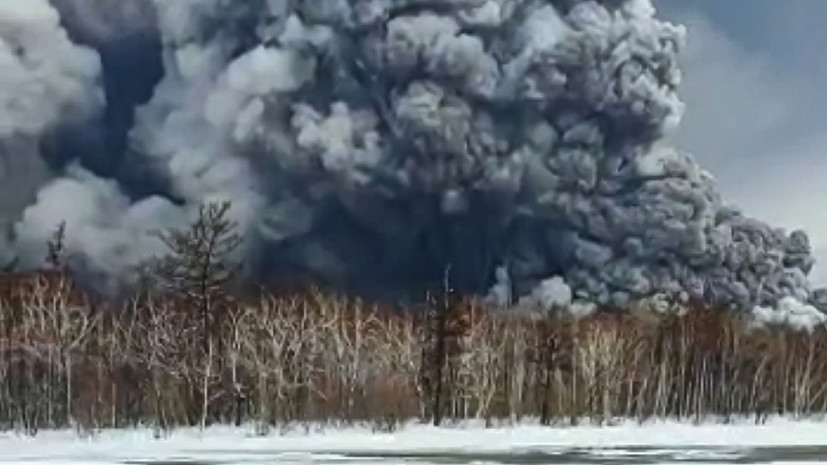"This is one of the active volcanic zones of Russia - eastern Kamchatka, passing into the Kuril Ridge. Specifically in this place, the bend of the volcanic arc occurs - this is the zone of tectonic movement of the plates. Accordingly, volcanoes are actively growing here. Here and Klyuchevskaya Sopka, Sheveluch, Bezymianny volcano, "the specialist said.
He noted that at the moment Sheveluch has a lot of ash. The expert explained that when water enters the crater, vaporization occurs, and this, in turn, leads to active ash formation.
"There is a magmatic eruption, and there is a phreatomagmatic eruption - when, in addition to the separation of gas from magma, there is an interaction with water, glaciers or meltwater. When water enters a crater with magma, a phreatomagmatic explosion occurs, vaporization occurs, and it is the vapor that leads to more intense ash formation, "the volcanologist emphasized.
Mahotkin also said that the eruption of Sheveluch can affect the environment and cause cooling.
"The mass formation of ash, which has risen to a height of more than ten kilometers, leads to the formation of a "tire" of ash particles, which are glass balls that reflect the sun's rays, as a result of which cooling occurs. On the other hand, ash is always fertile for the soil, "the RT interlocutor concluded.
Earlier, an eyewitness reported that the sky over the Ust-Kamchatsky district in some places was covered with a cloud of ash after the eruption of the Sheveluch volcano.
The press service of the company "Kamchatskenergo" reported that severe ashfall after the release from the volcano Sheveluch caused a power outage in the village of Kozyrevsk and the village of Mayskoye in Kamchatka.

